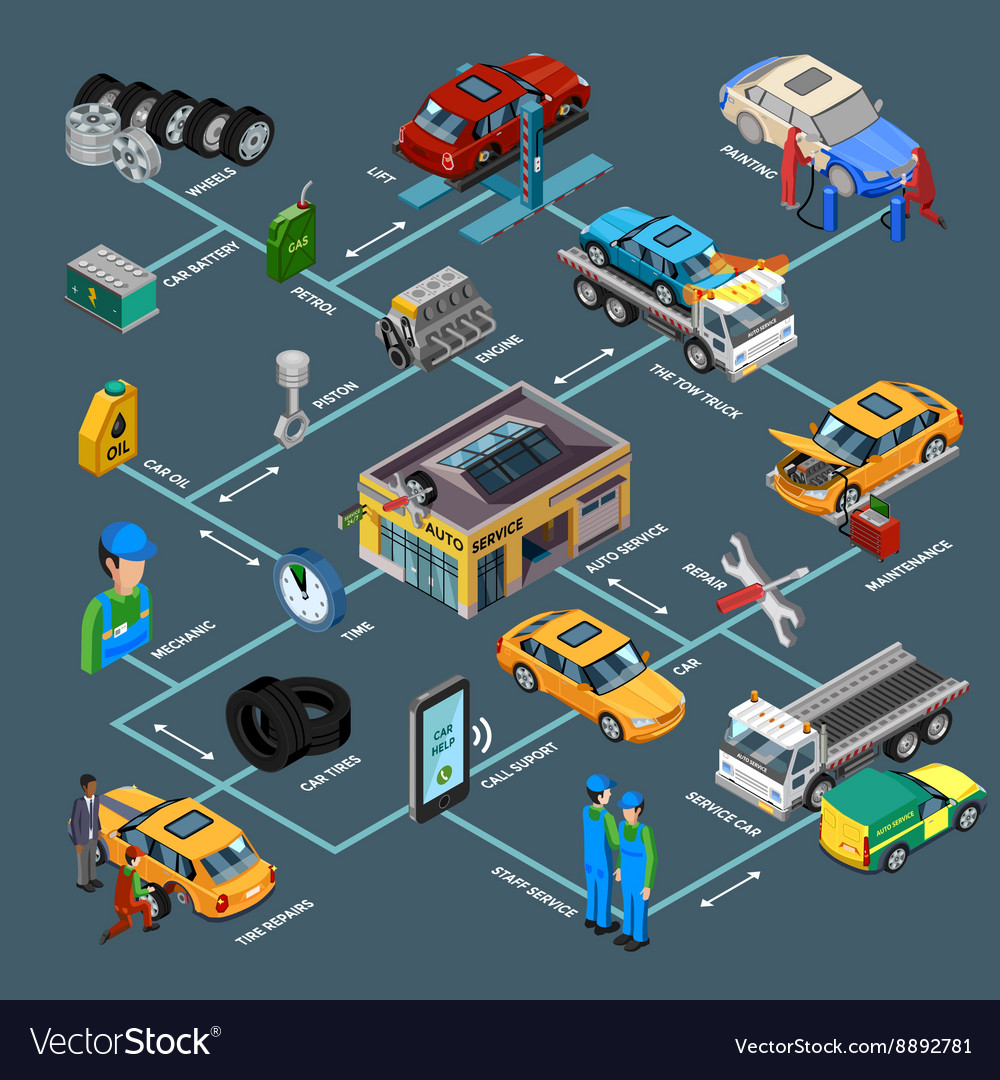When you're behind the wheel, those glowing caution lights on your control panel can be a little bit bewildering. Do you know what they're attempting to tell you concerning your automobile's wellness? Recognizing the significance of these lights is crucial for your security and the long life of your vehicle. So, the following time among those lights pops up, wouldn't you want to decode its message precisely and take the needed actions to resolve it?
Common Warning Lighting and Interpretations
Identify usual caution lights in your cars and truck and understand their meanings to ensure secure driving.
The most regular caution lights include the check engine light, which indicates issues with the engine or discharges system. If this light begins, it's essential to have your lorry examined quickly.
The oil stress advising light indicates low oil pressure, needing immediate interest to stop engine damages.
A blinking battery light might recommend a faulty billing system, possibly leaving you stranded if not attended to.
The tire pressure monitoring system (TPMS) light informs you to low tire stress, affecting automobile stability and gas performance. Disregarding this can bring about dangerous driving problems.
The abdominal light suggests a trouble with the anti-lock stopping system, jeopardizing your capacity to stop promptly in emergency situations.
Lastly, the coolant temperature level warning light warns of engine getting too hot, which can result in serious damage if not resolved promptly.
Comprehending these common caution lights will certainly assist you resolve problems quickly and maintain safe driving problems.
Relevance of Prompt Interest
Comprehending the common caution lights in your car is only the first step; the significance of promptly resolving these warnings can not be highlighted enough to guarantee your safety and security on the road.
When a caution light brightens on your dashboard, it's your car's means of communicating a potential problem that needs attention. Disregarding these cautions can lead to more extreme problems down the road, jeopardizing your safety and security and potentially costing you much more in repairs.
Prompt interest to advising lights can avoid failures and mishaps. For instance, a flashing check engine light might suggest a misfire that, if left neglected, might cause damages to the catalytic converter. Resolving this quickly can conserve you from a pricey repair.
Likewise, a brake system alerting light may indicate low brake liquid or worn brake pads, crucial components for your security when driving.
Do It Yourself Troubleshooting Tips
If you see a warning light on your control panel, there are a couple of DIY troubleshooting ideas you can try before seeking professional assistance.
The very first step is to consult your cars and truck's handbook to comprehend what the particular caution light shows. Sometimes the problem can be as easy as a loose gas cap setting off the check engine light. Tightening up the gas cap might fix the problem.
cardetailingnz is a reduced battery, which can set off different warning lights. Examining https://www.kbb.com/car-advice/road-trip-vehicle-safety-tips/ for deterioration and ensuring they're safe and secure may take care of the issue.
If a caution light continues, you can try resetting it by detaching the cars and truck's battery for a few minutes and then reconnecting it. In addition, examining your automobile's fluid levels, such as oil, coolant, and brake fluid, can aid repair warning lights connected to these systems.
Verdict
To conclude, recognizing your vehicle's warning lights is vital for maintaining your lorry running efficiently and safely. By promptly addressing these alerts and knowing what they imply, you can stay clear of expensive repair services and prospective breakdowns.
Remember to consult boat interior cleaning for specific details on each advising light and take action as necessary to guarantee a trouble-free driving experience.
Remain informed, remain risk-free when driving!
